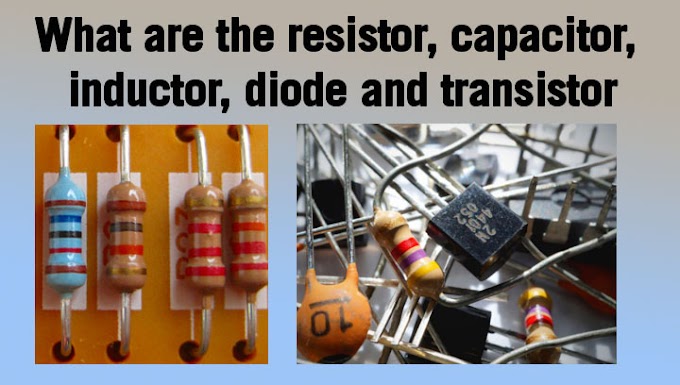It is a static device for transforming electrical energy from one Altanarting current Circuits to another without any changing Infrequency it changes voltage from high to low and low to high with a corrs pointing in decrease at increase or decreases current If the voltage is increasing it's said to be step up, if it's defense then it is said as to be step down.
What is a transformer? A transformer is a device that transfers electric energy from one alternating-current circuit to one or more other circuits, either increasing (stepping up) or reducing (stepping down) the voltage.
Construction of Transformer
Consist of laminated cores of special alloy steel having high resistance and low hysteresis loss each lamination is insulated from each other to minimize the eddy current loss, The two coils one bound wound on a close magnetic circuit,
Basically, a transformer consists of two inductive coils; primary winding and secondary winding. The coils are electrically separated but magnetically linked to each other. When, the primary winding is connected to a source of alternating voltage, alternating magnetic flux is produced around the winding.
The coil Connected to the Supply is called the primary and other coil is called the Secondary.
Faraday's First Law
whenever there is a change in flux linkages occurring in an electric Circuit. It is always accompanied by an EMF due to induction.
The mass of a substance deposited at any electrode is directly proportional to the amount of charge passed.
Therefore, Faraday's first law of electromagnetic induction states the following: Whenever a conductor is placed in a varying magnetic field, an electromotive force is induced. If the conductor circuit is closed, a current is induced, which is called induced current.
Faraday's Second Law
The magnitude of the EMF induced is directly proportional to the rate of change of flux, and linkage occurring in the circuits.
Faraday's second law of electrolysis states that if the same amount of electricity is passed through different electrolytes, the masses of ions deposited at the electrodes are directly proportional to their chemical equivalents.









